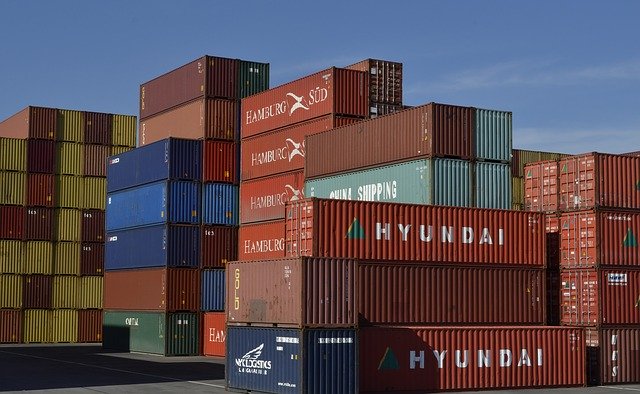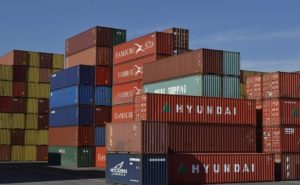

Philippine exporters intending to sell goods within the Association of Southeast Asian Nations (ASEAN) were urged to apply for an electronic certificate of origin (e-CO) via TradeNet to secure preferential tariffs.
Deputy Commissioner Atty. Edward James Dy Buco, of the Bureau of Customs (BOC) Assessment and Operations Coordinating Group (AOCG), said exporters should submit an application for the issuance of the e-CO through the trading platform TradeNet to enjoy ASEAN Trade in Goods Agreement (ATIGA) benefits.
Utilizing the e-CO aligns with BOC’s 10-Point Priority Program that includes automation of frontline services, enhancement of trade facilitation, and simplification of programs for exporters, Dy Buco said in AOCG Memo No. 114-2020 dated July 15,
It also complies with Customs Memorandum Order (CMO) No. 15-2019, issued last year and which provides guidelines for the application, submission, and processing of ASEAN e-COs using TradeNet.
READ: BOC moves forward with TradeNet, releases operational rules
Under CMO 15-2019, TradeNet (tradenet.gov.ph) shall be used in the application, processing, and issuance of e-COs for export, and in utilizing e-COs for imports.
TradeNet is the government’s online platform for applications for permits relating to imports and exports. It serves as the country’s national single window and is required for the country to connect to the ASEAN Single Window (ASW). More than 70 trade regulatory agencies in the Philippines target connecting to TradeNet to make the platform fully operational.
Meanwhile, a CO, or Form D, is an international trade document attesting that goods in a particular export shipment were wholly obtained, produced, manufactured, or processed in a particular country.
Under ATIGA, the CO, which also serves as an exporter’s declaration, has to be submitted to secure preferential tariffs, which are tariff schedules giving one or more nations lower rates or other advantages over other countries.
To access TradeNet, exporters and importers must create a TradeNet account and company profile with their respective usernames and passwords. Procedures for using and accessing TradeNet by the exporter, BOC or other users are detailed in the TradeNet Client User Manual for e-CO Issuance and TradeNet Agency User Manual that are attached as annexes in CMO 15-2019.
Pre-evaluation for goods of uncertain origin
For every export product whose origin cannot be easily ascertained by its nature, exporters intending to export goods to an ASEAN member state must first submit an application for pre-evaluation before applying for a CO.
They must use the prescribed form for application of pre-evaluation and submit it to BOC’s Export Division (ED) at the port where they regularly process their export declarations. For Port of Manila, this should be Manila International Container Port (MICP) or Ninoy Aquino International Airport (NAIA), and for all other ports it should be the Export Coordination Division (ECD).
Application for pre-evaluation of the export product must be submitted by the exporter or authorized representative at least 20 working days prior to the intended exportation of the products.
Results of the pre-evaluation of export products applying for CO will be contained in the Product Evaluation Report or PER.
Though the PER is valid for five years, the exporter must still apply for a new PER if the tariff rate of the same product is affected by the issuance of a new ASEAN Harmonized Tariff Nomenclature.
If an application does not qualify with the rules of origin (ROO) and operational certification procedure of ATIGA, the applicant will be sent a notice by the ECD/Export Division stating the reason for disqualification, but not disallowing the exporter from filing a new application for PER.
After ECD or ED completes the pre-evaluation, its authorized personnel should upload the PER as well as the list of pre-evaluated goods for newly approved applications to TradeNet.
The exporter should then receive a notification email indicating the successful upload of the PER.
From there, evaluated export products for which PERs have been issued and uploaded to TradeNet can already apply for e-CO via the same platform.
The exporter should download then print and sign the e-ATIGA Form D, and submit the system-generated ATIGA Form D to BOC for manual signature and the seal.
Under CMO 15-2019, a Preferential Rate Unit (PRU) should have been created under BOC’s Formal Entry Division or its equivalent units in all ports to receive the e-COs transmitted by the sending ASEAN member state to the Philippines through the ASW. – Roumina Pablo




